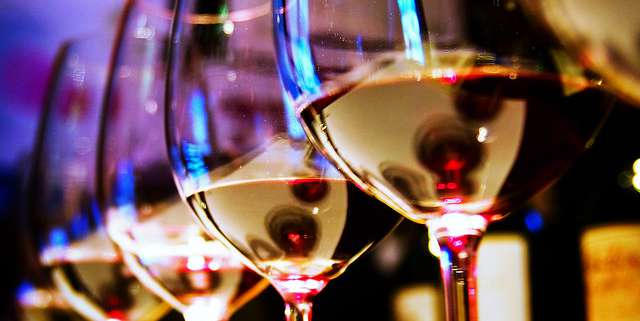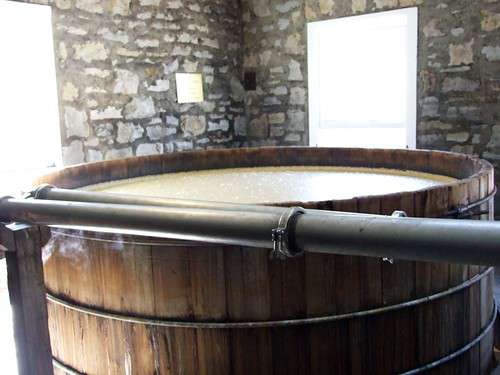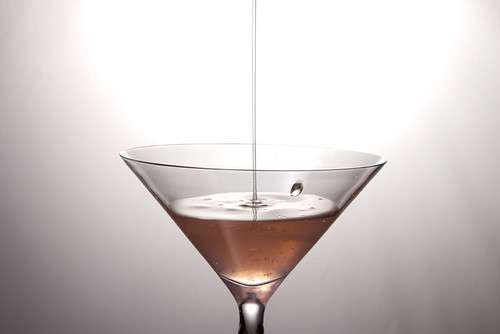
Accurate alcohol content labelling is vital to meeting both government regulations and consumer expectations. Image Source: Flickr user David
Consumers rely on accurate claims by liquor manufacturers in order to make informed decisions regarding the type and quantity of alcoholic beverages consumed. For example, wine with 17% alcohol content may not be a prudent choice for a dinner party where guests expect to linger over several bottles. Similarly, a whiskey connoisseur may have very specific preferences regarding the exact percentage of alcohol she prefers to optimize her enjoyment. However, it is not only the consumer choice that may be affected by alcohol content labeling; inaccurate advertisement of alcohol levels present in a product can damage consumer confidence and lead to legal complications. In 2013, a class action lawsuit was launched against Anheuser-Busch, accusing the beer producer of watering down its products and misleading consumers by overstating alcohol content. While the lawsuit was ultimately dismissed and independent sources found that the products in question did contain the advertised levels of alcohol, the case highlights the importance of alcohol content measurement and labeling both legally and to preserve brand reputation within the marketplace.1

Whiskeys must meet strict guidelines in order to be classified as bourbon. Image Source: Flickr user Joseph Novak


